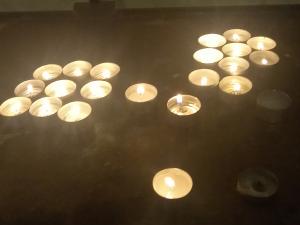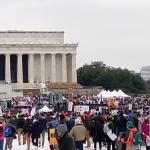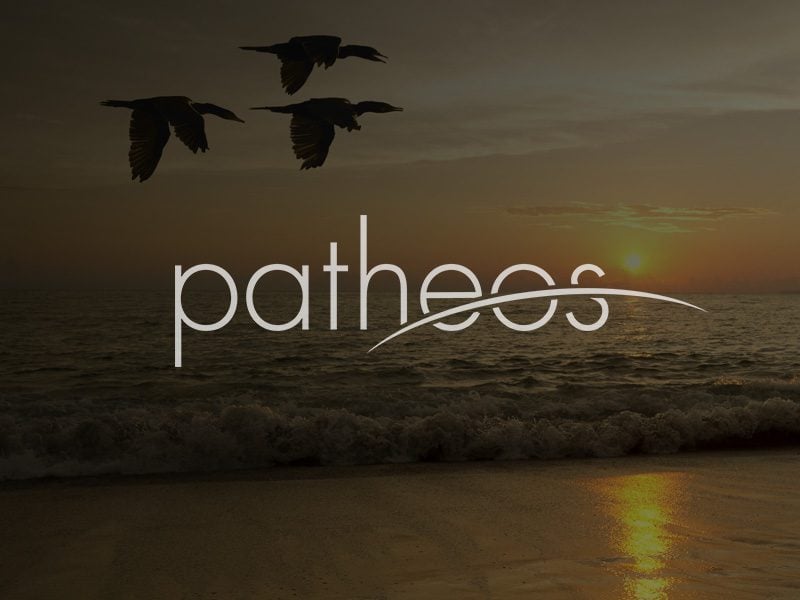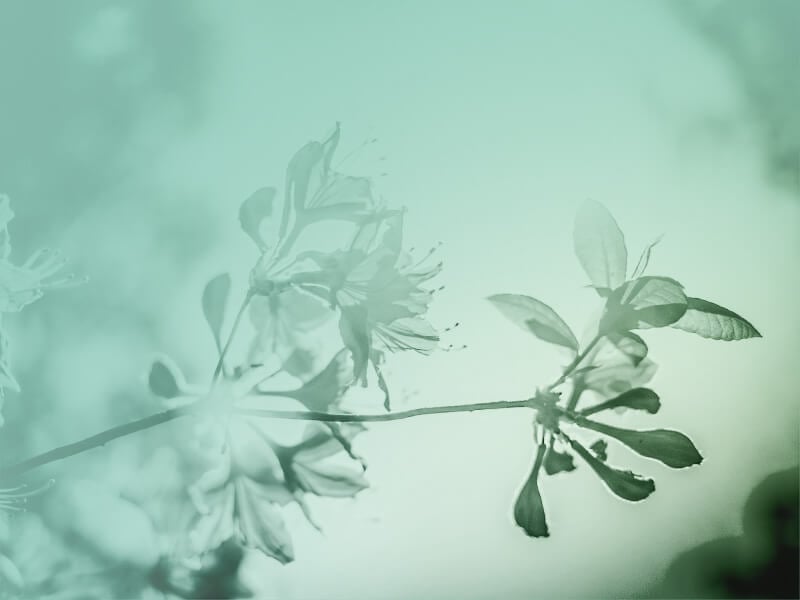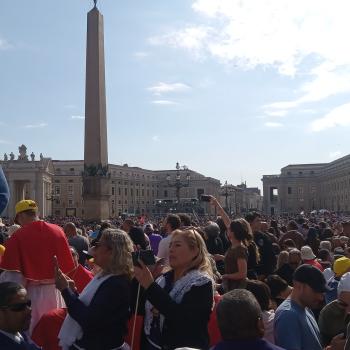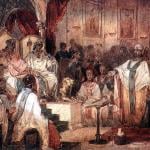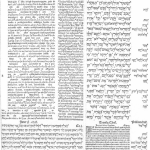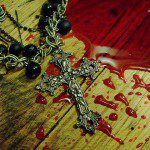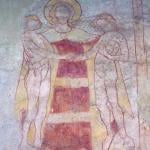As I, from my warm home in snow-dusted Pittsburgh, take in images of the hellscape that Los Angeles has become, I feel inspired to share an essay that was published in the final issue of Geez, an ad-free Christian print magazine that sadly shut down last year. My prayer is that in this new year 2025, we may all find a refining fire of conviction amid the raging fire of destruction. May we extend our support to the people most in need, and we may resist the apathy that threatens to take hold. Please read on for my story of my own ambiguous relationship with fire.
Childhood Pyrophobia: A Fear Born of Flames and News Reports
I couldn’t get the image out of my six-year-old mind: the big brown house where I enjoyed my mother’s scrambled eggs or French toast each morning, where I played hide-and-go-seek with my father when he returned home from work each night – that big brown house engulfed in flames. The image terrorized me daily – in the middle of Sister Maurice’s arithmetic class, outside at recess where I walked along the fence picking wildflowers. A devoutly religious child, I’d make the Sign of the Cross repeatedly throughout the day: Lord, please protect my house from the flames.
I’d never experienced a house fire, and I’m not sure where the deep fear of its possible occurrence came from. I suspect it was largely from the images on the six o’clock news, which even as a child I watched zealously with my parents. During the 1980s and early 1990s, arson was a huge problem in my hometown of Buffalo, NY. I’d later learn that some people were so economically desperate that they’d burn their own houses down for the insurance money. At six I knew nothing of the reasons. It was just the visual image of houses in flames that consumed my imagination. With the fervor of contemplative monks praying the Divine Office, I prayed for the safety of my family home.
I didn’t express this fear to my parents. Though I knew they loved me, I feared my mother’s temper, which could ignite at a moment’s notice. I learned to keep some things to myself. After a few years, I outgrew my obsession… though I always asked my middle school science lab partners to light the Bunsen burner. As an adult I’ve never burned incense or candles in my home; the very sight of matches is enough to make me cringe.
Despite my negative association with fire, I have always loved the rows of votive candles in church, their flames recalling the tongues of fire over the apostles’ heads at Pentecost, tiny arrows pointing upward toward a world beyond this one. At Girl Scout sleepaway camp I loved evening bonfires, their swirl of oranges and yellows making something inside me dance. It’s a sensation I’d remember in 2020 when gathering around a bonfire at dusk was one of the few ways I could safely see friends at the height of the COVID-19 pandemic. I’d wake up the next morning with my hair smelling of woodsmoke, an aroma that, like incense, seemed to come from a numinous realm I yearned desperately to believe in.
The Summer the Sky Burned Orange
On June 4, 2023, I shared my fortieth birthday celebration with the 150th anniversary of Saint Stanislaus, an ethnically Polish Roman Catholic church in Buffalo founded by my great-great-great uncle, a priest who made it his mission to welcome fellow immigrants to this land. At the anniversary celebration, I recited a poem about my vision of the beauty and promise I still find in the faith of my childhood. Despite the horrors of the Inquisition and colonization, the genocide of indigenous peoples in the Americas, the child abuse scandal and all the other problems that come with an all-male leadership, I still believe the Catholic Church contains some flicker of the “living flame of love” that John of the Cross found in the faith.
But after the celebration ended, I left the banquet hall to see a disturbing sight: the sky was cloudy, covered in ash. A few days later, we would all be horrified by the image of New York City’s skyline – as well as that of so many other eastern and midwestern cities – turned orange by wildfires burning across Canada, an alarming betrayal of smoke. Throughout the summer, we who live in eastern North America would learn what West Coast dwellers have known for years: we are burning the world.
Ite, inflammate omnia, Saint Ignatius Loyola exhorted his missionaries. Go, set the world on fire. In Christianity, fire is a sign of the Holy Spirit. It burns weeds and refines gold. As climate scientists warn us that we are passing the point of no return, they also assert it’s not too late to make a difference. How can we turn the fire of destruction into a fire of passionate conviction, of zeal for change?
Love Over Fear: The Lesson of a Lifetime
My Uncle Bob was a volunteer firefighter in the Buffalo suburb where he spent his whole life – a mission that required many sacrifices from his family. Indeed, when she married him at age twenty-four, my Aunt Pat couldn’t have predicted that he’d leave her to raise their three children largely on her own while he added an all-consuming commitment to his full-time job as a supervisor at a public utility. For fifty years, Bob was on call each day and night, his scanner sounding during Thanksgiving dinners and summer barbecues. From his late twenties to when he got too ill with Alzheimer’s to continue his work, my uncle devoted each day to the quiet work of repairing his small part of the world.
Perhaps he didn’t make any huge change, but he did what he could in the best ways he knew how. This is, I believe, still possible for us all. The faith of my childhood – which, though once nearly burned away, has been refined into the faith of my adulthood – asserts that each of us has a calling. It claims that we each have a responsibility to use our gifts for the greater good. It tells us that love casts out fear…even my lingering pyrophobia.
